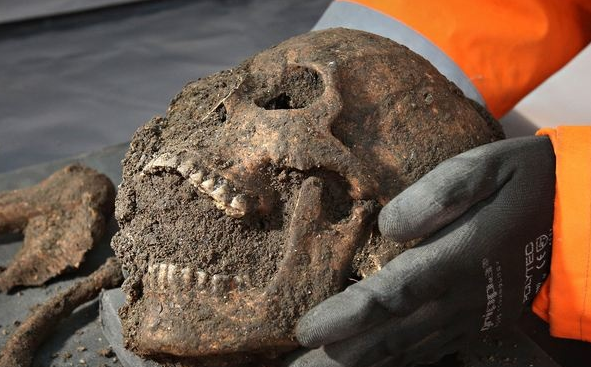Racine, Apiculture,
the Plague and how history can teach us how to avoid disaster
avoid the
next Plague?
Before Western elected governments existed, most populations in Europe were ruled and/or controlled by religion,kingdoms and cults.
In Europe during the 1300's, the Black plague was spread by fleas that lived mainly on rats. Infected fleas would bite a rat and the rodent became infected. Other fleas biting the infected rat would become infected as well.
When the host rat died of the plague, any fleas living on the rat would leave the dead rat and search of a new host.
Unfortunately for humans, the infected fleas would now bite humans to feed, thereby infecting the human.
The Europeans had cats at the time, and plenty of them. They were originally brought to Europe by the Romans, who had brought the felines from Egypt. Keeping pet cats as ratters and mousers was popular in Europe at the time of the first plague.
So why didn’t Europeans just keep plenty of cats around to kill the rats and thereby reduce the incidence of the plague?
To fully answer that question, you needed to understand the limited science that was available at the time and to understand the beliefs of medieval Europe.
Based on historical accounts, people during this period were prone to many superstitions. The Catholic Church was the controlling entity in Europe, and the masses were consumed with superstition and the presence of evil. As the plague spread, so did irrational fears. Because of the cats secretive nature and their ability to survive extraordinary circumstances , the general population came to fear cats as agents of Satan, spreading the plague.. The cats that help protect the humans from the plaque, were now killed in mass.
In response to the cat killings, rat populations grew, and the plague grew exponentially.
Europeans now began to blame the dogs and killed them in mass also.
Cats were then outlawed in many parts of Europe, and huge numbers of cats and dogs were killed. In fact, at one point in the middle ages, there were barely any cats left in England at all.
Even though cat ownership was illegal in many regions, a few people kept their felines. Other people finally noticed that these cat owners often seemed to be immune to the black plague. Word spread, and more observations of this phenomenon were noticed. This immunity phenomenon resulted in research, albeit crude as it was during this time, it did foster some revelations..
Eventually, it was decided that the rats, not the cats, were responsible for spreading the black plague. Cats are prolific breeders, so it didn’t take long for the cat population to rebound. The laws which had been the cats’ death sentence were repealed and in many regions, a new law took its place – one that protected felines instead of banning the cats.
The plaque subsided.
During last nights discussions at the Ives Groves County Complex, we repeatedly heard the same message from numerous sources in the know. The problem aren't the bees. It is the yellow jackets, wasps and hornets that are the problem.
I hope you can see the parity in history.
I learned a lot last night, and I hope others did as well.
There are individuals in the apiculture collective that understand bee nature better than us, and are wiser than the ruling entities. We need to learn more before we act.
Please learn from history, reflect on how last night's discussions apply to history, and how it applies today in Racine County Apiculture.


No comments:
Post a Comment